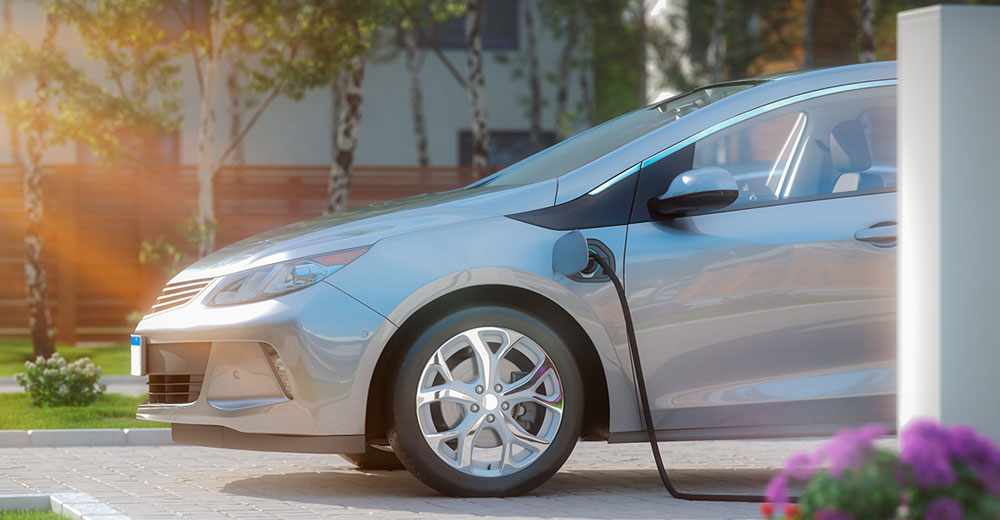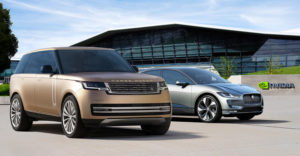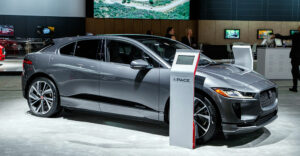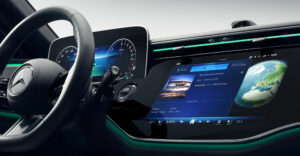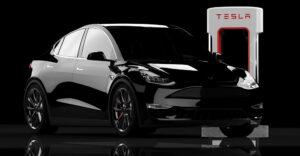Getting low-income drivers behind the wheel of electric vehicles is necessary to reduce greenhouse gases in the coming years, according to a report released Monday by the Information Technology & Innovation Foundation (ITIF), a science and technology think tank in Washington, D.C.
The need for EVs to be a market success is immense given the lack of low-carbon alternatives to the internal combustion engine (ICE) and the urgency of emissions reduction requirements, noted the authors of the report Madeline Yozwiak, Sanya Carley and David M. Konisky.
Because of the stakes involved, they continued, the technology maturity pathway for EVs needs to move faster than is typical for an emerging technology.
This young technology needs to reach near-complete adoption quickly if local and global policy goals are to be met, they added. This implies a broader range of consumers must purchase EVs earlier in the adoption process than in similar technologies
Since conventional approaches to encourage the purchase of EVs may fail to reach low-income and disadvantaged communities, the authors argue that innovation will be a key strategy to both addressing disparities in EV adoption and aiding the broader goal of mass adoption.
They maintain that by intentionally including a diverse range of users early in the adoption process, technology providers can more effectively identify issues and modify the technology to successfully appeal to a mass market.
Barriers to Adoption
Rob Enderle, president and principal analyst at the Enderle Group, an advisory services firm in Bend, Ore. agreed that low-income and disadvantaged people who drive cars are important to decarbonization of the atmosphere. “That is where most non-compliant gas cars likely reside, making it a critical milestone in reducing automotive-based pollutants,” he told TechNewsWorld.
“Be aware, however,” he cautioned, “that most regions still don’t have enough electrical generating and distribution capability for these groups at scale yet.”
The ITIF report noted that the top three barriers to EV adoption — range, price and charge time — affect low-income and disadvantaged drivers more than others.
“Standard barriers can be experienced more intensely for individuals with low-income than those with a moderate income,” observed Yozwiak.
For example, incentives designed to encourage the purchase of EVs can miss their mark when it comes to low-income drivers.
“Upfront costs are higher than for internal combustion vehicles, yet the primary form of incentive created by the government is a tax credit of $7,500,” Yozwiak told TechNewsWorld. “But to benefit from that policy, you need to have at least $7,500 in tax liability.”
“If you make $30,000 a year, you’re not going to have that much in tax liability so you’re not going to receive the full benefit of that credit toward lowering the cost of a vehicle, compared to buyers with a higher income,” she explained.
Rich Men With Garages
Charging an EV can also be more challenging to low-income and disadvantaged drivers. “Low-income people are more likely to live in multi-family dwellings and less likely to have a place to charge a car directly,” Director of the ITIF’s Center for Clean Energy Innovation David M. Hart told TechNewsWorld.
Enderle added that because of barriers like price, range and charging time, EVs are often the second car in a family. “Low-income groups likely only have one car they use predominantly, and that is the car that needs to be replaced,” he said.
The report also maintained that strategies for accelerating EV adoption among the low-income and disadvantaged that combine innovation and equity should include prioritizing communication and marketing, revisiting assumptions and biases about early adopters, and designing government programs to increase demand and maximize universal benefits.
“The assumptions about who is using this technology informs a wide range of decisions,” Yozwiak said. “Those decisions have consequences from how the technology is defined to the types of incentives and policies that are created to encourage its adoption.”
“If those decisions are based on inaccurate assumptions about who is purchasing the technology or who could purchase it,” she continued, “you end up perpetuating a bias that could affect access going forward.”
“When people selling cars think about early adopters, they think of wealthy men with garages,” Hart added. “If they concentrate entirely on that group, they’re going to slow down the adoption of these vehicles because they’ll be seen as the province of rich people. We need these vehicles to perform the mobility functions that all people need.”
Enderle noted that EVs were initially introduced at the premium end of the market and public chargers are located to serve that class of buyer. “Low-income households may not have the power capacity for a Level 2 charger or a place to put one,” he said.
“Public charging will need to be installed that is more convenient for those populations,” he continued, “like street inductive charging — which requires lower maintenance and has less chance of vandalism — that is gaining ground from companies like WiTricity.”
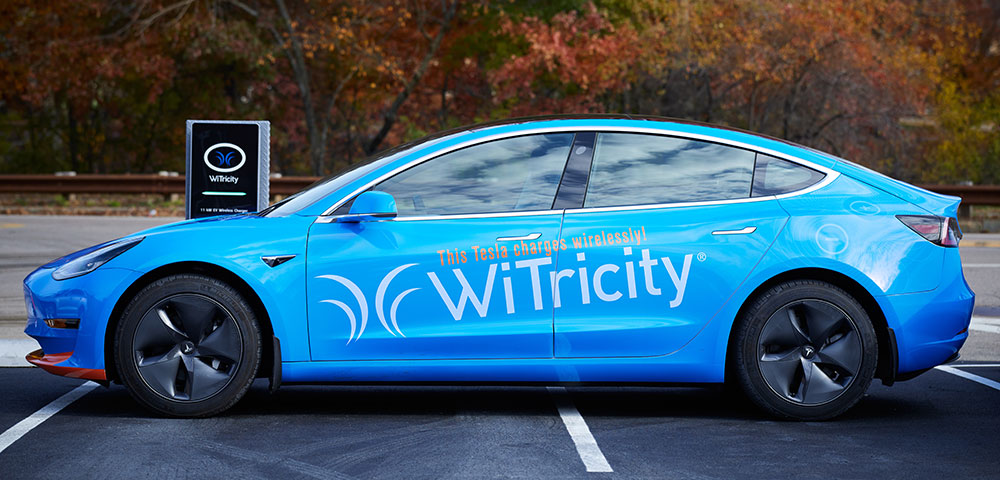
WiTricity Halo wireless charging for EVs was announced in February.
Incentives Work
Another takeaway from the report was that the federal government can help extend benefits to the low-income and disadvantaged by revising the federal tax credit for EV purchases to make it refundable or eligible for carry-forward, expanding access to charging infrastructure, and helping with upgrades in older homes.
If the tax credit were refundable, a person who only pays $3,000 in taxes, for example, would get a $3,000 tax credit and a $4,500 refund check from Uncle Sam, or with carry-forward, they’d get a $3,000 credit and be able to carry over the remainder of the credit into subsequent tax years.
Incentives, like tax credits, can drive sales, noted Edward Sanchez, a senior analyst with Strategy Analytics, a global research, advisory and analytics firm. “Norway recently removed some incentives because they passed the 50% threshold of EVs as new car sales and immediately after removing that credit, they saw EV sales dip,” he told TechNewsWorld.
“The long goal is for manufacturers to bring the price down to a point where subsidies and credits are no longer necessary, but we’re not quite there yet,” he added.
Move to Mass Transit
Since most Americans buy used cars, the best thing to do to accelerate purchasing of EVs by low-income and disadvantaged drivers is to accelerate new vehicle sales, asserted Sam Abuelsamid, a principal analyst for E-Mobility at Guidehouse Insights in Detroit. “As those filter down into the used vehicle fleet, they may be more affordable,” he told TechNewsWorld.
“The only other thing we can do is encourage people to move out of older vehicles and to use mass transit,” he said.
“As long as Americans continue to want to drive their own vehicles,” he added, “it’s going to be at least 2040 before you significantly decarbonize the existing vehicle fleet.”

